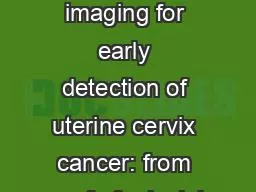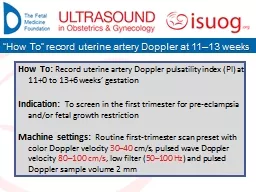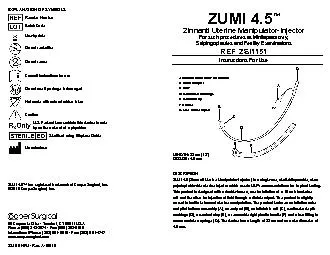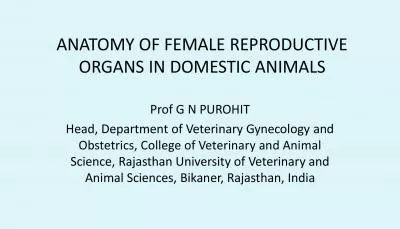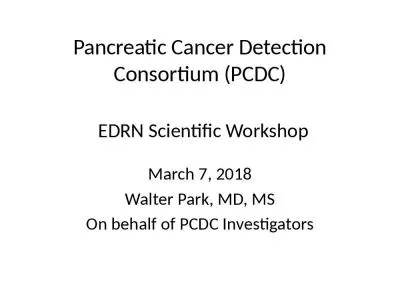PPT-Mueller polarimetric imaging for early detection of uterine cervix cancer: from proof
Author : slygrat | Published Date : 2020-06-30
in vivo measurements Angelo Pierangelo 1 Jérémy Vizet 1 Jean Rehbinder 1 Stanislas Deby 1 Stéphane Roussel 1 Tatiana Novikova 1 Ranya Soufan 2
Presentation Embed Code
Download Presentation
Download Presentation The PPT/PDF document "Mueller polarimetric imaging for early d..." is the property of its rightful owner. Permission is granted to download and print the materials on this website for personal, non-commercial use only, and to display it on your personal computer provided you do not modify the materials and that you retain all copyright notices contained in the materials. By downloading content from our website, you accept the terms of this agreement.
Mueller polarimetric imaging for early detection of uterine cervix cancer: from proof: Transcript
Download Rules Of Document
"Mueller polarimetric imaging for early detection of uterine cervix cancer: from proof"The content belongs to its owner. You may download and print it for personal use, without modification, and keep all copyright notices. By downloading, you agree to these terms.
Related Documents

